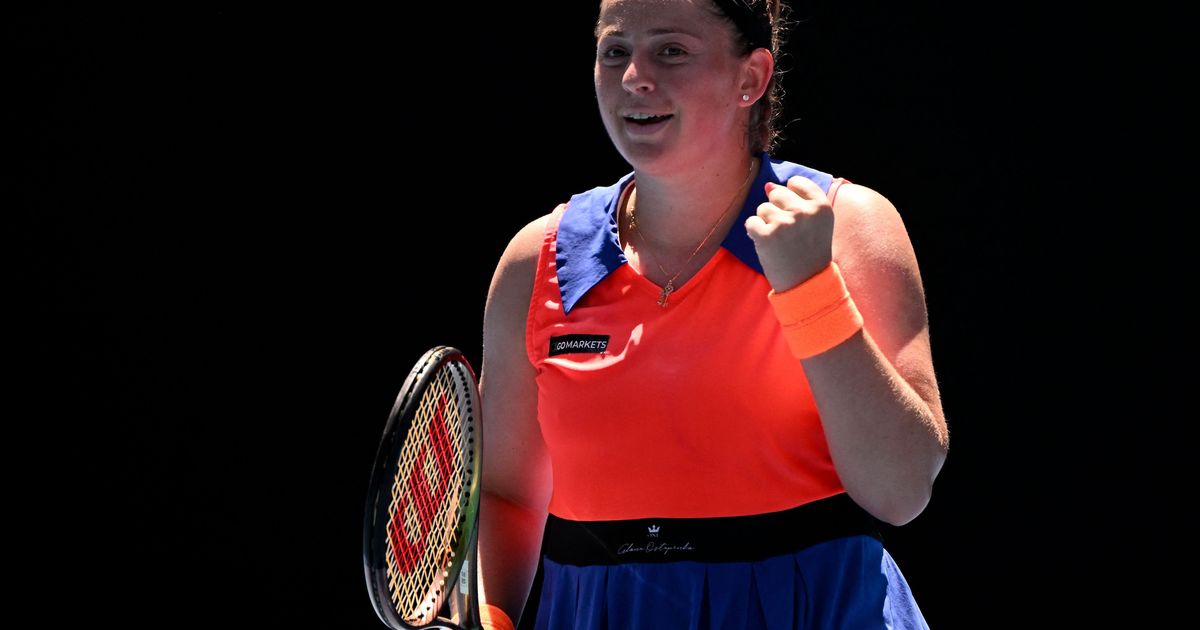Are We Entering The Golden Age Of Secondhand Shopping?

Table of Contents
The Environmental Impact of Secondhand Shopping
The fashion industry is a major contributor to environmental problems. Fast fashion's relentless cycle of production and consumption leads to massive textile waste, significant water pollution, and a substantial carbon footprint. Secondhand shopping offers a powerful antidote to these issues.
Reducing Textile Waste
The sheer volume of textile waste is staggering. Millions of tons of clothing end up in landfills each year, contributing to pollution and resource depletion. Sustainable fashion is gaining traction, and secondhand shopping is a key component. By extending the lifespan of clothing through reuse, we significantly reduce the demand for new production, lessening the environmental burden.
- The Environmental Protection Agency estimates that Americans throw away approximately 17 million tons of textiles annually.
- Buying secondhand reduces the need for new textile production, conserving water and energy resources significantly. Manufacturing new clothes requires vast amounts of water and energy, contributing to greenhouse gas emissions.
- Secondhand shopping actively combats fast fashion's unsustainable practices.
Promoting a Circular Economy
Secondhand shopping is a cornerstone of the circular economy—a model that aims to keep materials in use for as long as possible. Instead of a linear "take-make-dispose" system, a circular economy emphasizes reuse, repair, and recycling.
- A circular economy reduces waste and minimizes environmental impact.
- Buying and selling secondhand items keeps clothes and other goods circulating, extending their life cycle considerably.
- Initiatives like clothing swaps and repair workshops are gaining popularity, further strengthening the circular economy model for clothing and textiles.
The Economic Benefits of Secondhand Shopping
Beyond environmental benefits, secondhand shopping offers significant economic advantages.
Affordability and Accessibility
Secondhand shopping provides budget-friendly alternatives to new clothing and goods. It makes desirable items, previously inaccessible due to price, available to a wider range of consumers.
- Pre-owned items often cost significantly less than their new counterparts, offering substantial savings.
- Secondhand shopping allows consumers to discover unique and vintage items that add character and individuality to their wardrobes.
- For lower-income consumers, secondhand shopping is a crucial way to access quality goods without breaking the bank.
Supporting Small Businesses and Independent Sellers
The rise of online secondhand marketplaces like eBay, Depop, and Etsy has created significant opportunities for small businesses and independent sellers. These platforms democratize access to a large selection of secondhand items, supporting entrepreneurial ventures and local economies.
- Online marketplaces offer unparalleled convenience and access to a vast range of pre-owned goods.
- Selling secondhand items online presents a viable income stream for many individuals.
- Shopping from independent sellers and vintage shops helps support local communities and businesses.
The Shifting Consumer Mindset
A significant factor driving the growth of secondhand shopping is a changing consumer mindset.
Increased Awareness of Sustainability
Consumers are increasingly aware of the environmental consequences of their shopping habits. This growing awareness is fueling a demand for ethical and sustainable options.
- Social media and environmental activism have played a vital role in raising awareness of the environmental impact of fast fashion.
- Thrifting and vintage styles are becoming increasingly popular, reflecting a shift towards more sustainable choices.
- Conscious consumerism is gaining ground, with shoppers prioritizing quality and durability over fleeting trends.
The Appeal of Unique Finds
Beyond affordability and sustainability, secondhand shopping offers the thrill of the hunt for unique and one-of-a-kind items. It's about personal expression and individuality, finding treasures that can't be found in mainstream retail.
- Secondhand shopping allows for self-expression through unique and vintage styles.
- The excitement of discovering hidden gems in thrift stores and online marketplaces is a key driver of its appeal.
- Upcycling and customizing secondhand items adds another layer of creativity and personal touch.
Conclusion
The rise of secondhand shopping is driven by a powerful combination of environmental responsibility, economic benefits, and a shifting consumer mindset. It’s more than just a trend; it's a movement towards a more sustainable and economically equitable future. Secondhand shopping isn't just about saving money or finding unique items; it’s about actively participating in a more responsible and circular economy. Start your secondhand shopping journey today! Discover the joys and benefits of sustainable secondhand options, pre-owned goods, and used clothing – you might be surprised by what you find!

Featured Posts
-
 A Ap Rocky Bet Tory Lanez And 50 Cents Reporter Confrontation
May 13, 2025
A Ap Rocky Bet Tory Lanez And 50 Cents Reporter Confrontation
May 13, 2025 -
 Ostapenko Upsets Sabalenka In Stuttgart Open Final
May 13, 2025
Ostapenko Upsets Sabalenka In Stuttgart Open Final
May 13, 2025 -
 The Day Leonardo Di Caprio Saved Romeo Juliet A Rollerblading Near Miss
May 13, 2025
The Day Leonardo Di Caprio Saved Romeo Juliet A Rollerblading Near Miss
May 13, 2025 -
 2025 Cubs Heroes And Goats Game 16 Analysis
May 13, 2025
2025 Cubs Heroes And Goats Game 16 Analysis
May 13, 2025 -
 Morgan Wallens Abrupt Snl Exit His Explanation
May 13, 2025
Morgan Wallens Abrupt Snl Exit His Explanation
May 13, 2025
